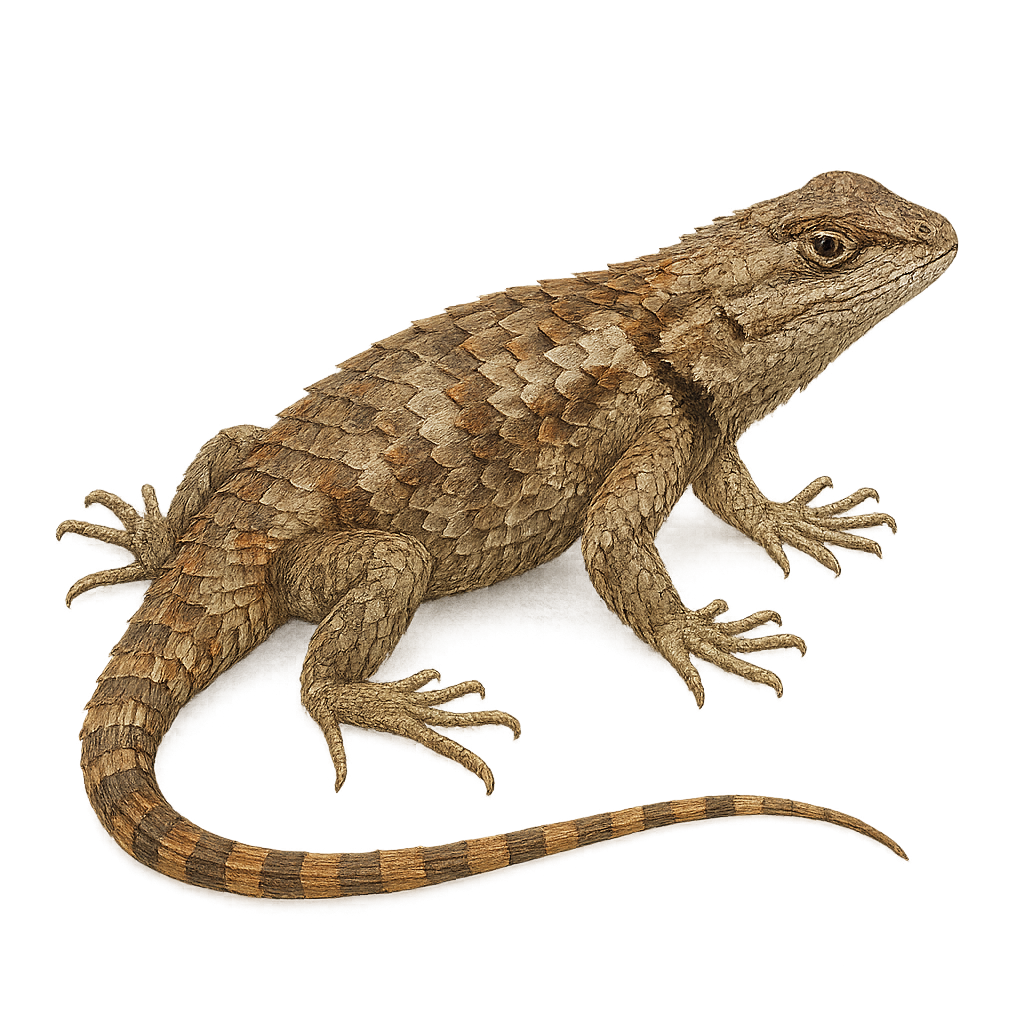Your wildlife photography guide.
Explore the texas spiny lizard in detail, study its behavior, prepare your shots.
Where to observe and photograph the texas spiny lizard in the wild
Learn where and when to spot the texas spiny lizard in the wild, how to identify the species based on distinctive features, and what natural environments it inhabits. The WildlifePhotographer app offers tailored photography tips that reflect the texas spiny lizard’s behavior, helping you capture better wildlife images. Explore the full species profile for key information including description, habitat, active periods, and approach techniques.
Texas Spiny Lizard
Scientific name: Sceloporus olivaceus

IUCN Status: Least Concern
Family: PHRYNOSOMATIDAE
Group: Reptiles
Sensitivity to human approach: Suspicious
Minimum approach distance: 3 m
Reproduction period: March to April
Incubation: 60 jours
Births: March to April
Habitat:
forests, shrublands, grasslands
Activity period :
Active during the day when temperatures are favorable, often seen basking in the sun.
Identification and description:
The Texas Spiny Lizard, scientifically known as Sceloporus olivaceus, is a medium-sized reptile, typically measuring between 18 and 28 cm in length. Its coloration ranges from gray to brown, with band-like or spotted patterns that provide excellent camouflage in its natural habitat. This lizard is primarily arboreal, preferring trees and shrubs for hiding and hunting. It has spiny scales that offer protection from predators. Active mainly during the day, it feeds on insects and other small invertebrates. The Texas Spiny Lizard is a suspicious creature but can become accustomed to human presence if not disturbed.
Recommended lens:
Macro – adjust based on distance, desired framing (portrait or habitat), and approach conditions.
Photography tips:
To photograph the Texas Spiny Lizard, it is advisable to use a macro lens to capture the details of its spiny scales. Approach slowly and maintain a distance of about 3 meters to avoid startling it. Focus on the times of day when it is most active, usually in the morning or afternoon. Look for it in trees or shrubs where it likes to hide. Use a fast shutter speed to freeze its quick movements and ensure there is enough light to highlight the details of its skin.
The WildlifePhotographer App is coming soon!
Be the first to explore the best nature spots, track rutting seasons, log your observations, and observe more wildlife.
Already 1 439 wildlife lovers subscribed worldwide

